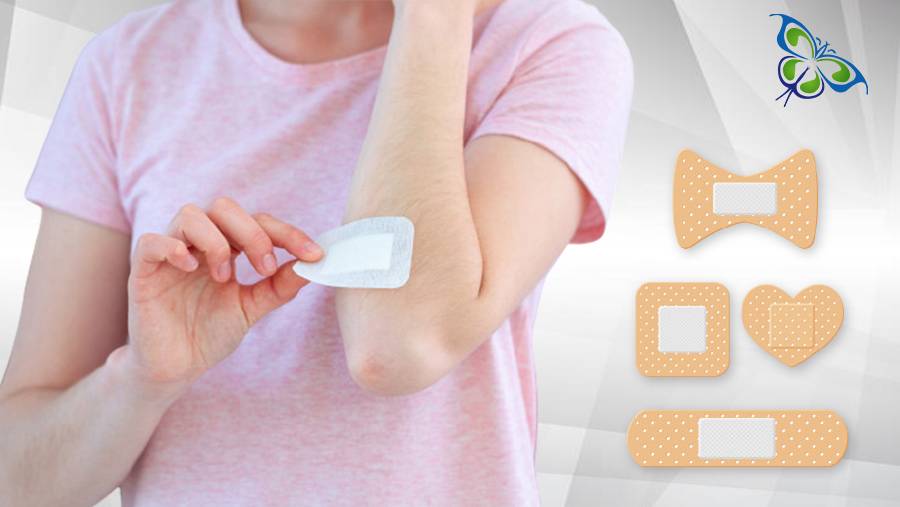
Hello
Select Address

Adhesive tapes are an inevitable part of your wound care and first aid kit. They are also referred to as surgical tapes and are used in securing bandage or gauze to the wound. They are of several types. This article dives straight into them…
The parameters that determine the types of medical tapes are –
Whether the material is breathable or not
It could be made of cotton (for softness) or more flexible material (for elasticity)
It could be pressure-sensitive or need solvents for adhesion purpose
The types…
To the layman, medical tapes look similar, but they can be broadly categorized based on several criteria, here are some of the different types –
The micropore paper tape: This is the most common type used by the medical fraternity as well as in domestic first aid kits. Its texture is paper-like that attaches to the skin easily. Thanks to the 'micropores' that make these tapes breathable thus adding to the wound healing process. Although they glue to the skin, it causes no amount of irritation (being hypoallergic) and easy to tear away too.
The Trans pore Polyethylene tape: It is the medical tape with one of the strongest adhesives. Unlike the micropore tapes that are white or tan, Transpore ones are translucent. The surface should be dried before applying; but, it can pretty well be used on sweaty surfaces too.
Though they are waterproof, they have a unique design with tiny pores making it breathable.
However, the strong adhesive can aggravate sensitive skin during removal and may leave residue.
Zinc Oxide Tapes: They are hugely applicable in the sports arena. Zinc Oxide is believed to possess certain virtues that make it an ideal sports-field-medical-accessory. A look at their benefits
It protects athletes from soft tissue damage
It not only protects wounds but accelerates the healing process as well
It's durable and allows the athlete all sorts of movements like bending, twisting, pushing, pulling, running, and so on.
They can stand high levels of moisture (that is sweat)
Athletes are very familiar with Zinc Oxide tape as they are easy to apply and remove. They are mostly made from Rayon or non-stretchable cotton. The stretchable material is not ideal as they could turn loose due to the physical activities!
The Cloth Tape: Cloth tape may not be the best choice when you need to stick the tape to another bandage or cloth dressing. They are of flexible type and feel more comfortable directly on the skin. As they are made of durable cloth and are soft on the skin they can be easily put to long-term use.
The Waterproof Tape: In general, medical adhesive tapes are waterproof. They do not easily allow water to percolate and settle down inside. However, there is a separate segment of tapes that cater to the "waterproof" requirements. These tapes are designed specially to keep up its efficacy even after getting wet in water. Nevertheless, these tapes have their limitations as well.
They cannot be applied to wet skin. The tape itself needs to be dry to start with the dressing procedure. As an easy-to-use-feature, waterproof tapes are manufactured to be extremely flexible.
It is wrong to understand that all medical tapes have the same functionalities. The differences are significant and so are their usage. It is therefore advisable that wound care management should be vested in the hands of a medical professional. They are adept in the use of these medical accessories and are therefore capable of deciding which type applies to your intense wound or a high-stress area on your skin.
Validate your login
Sign In
Create New Account